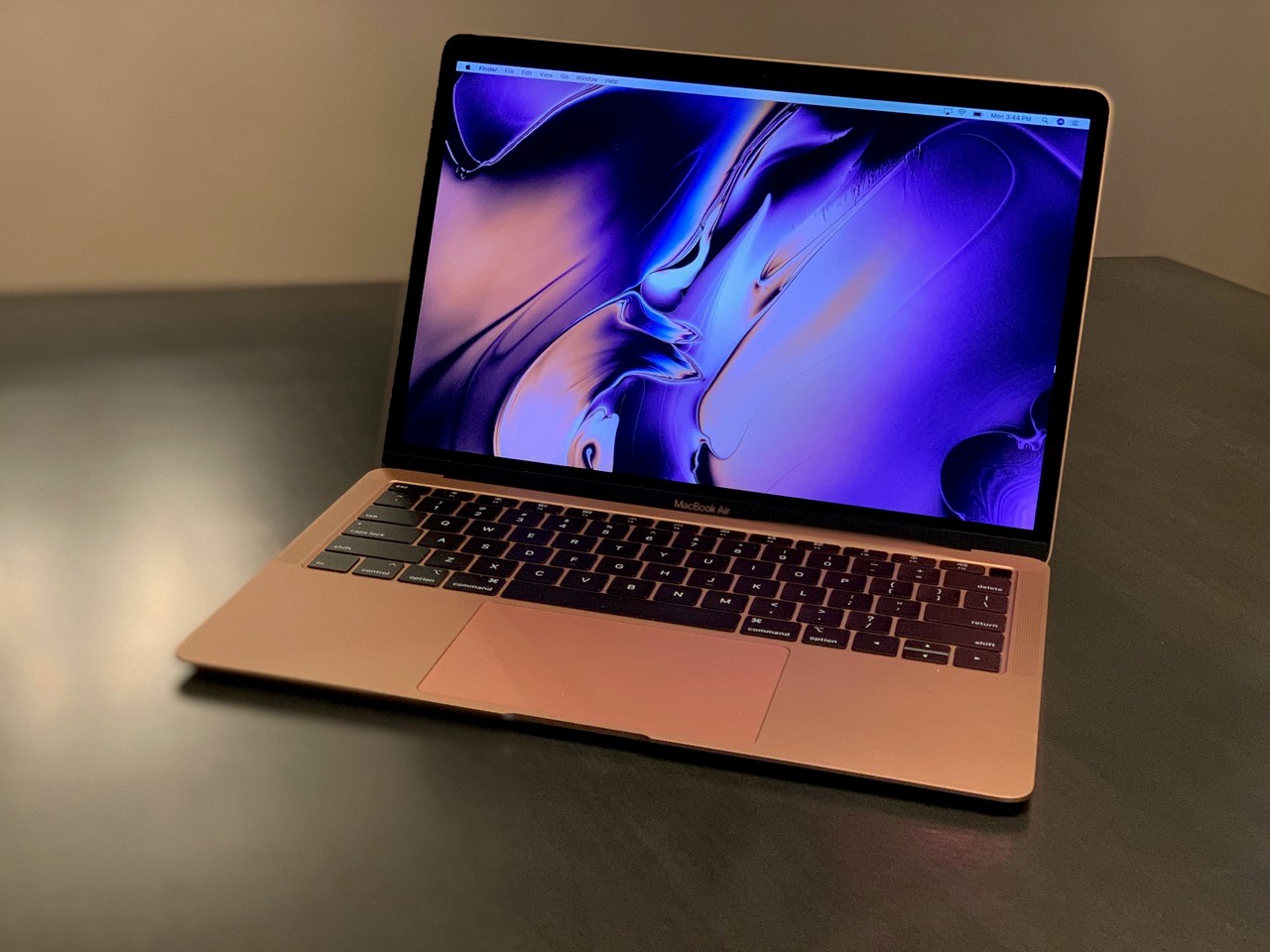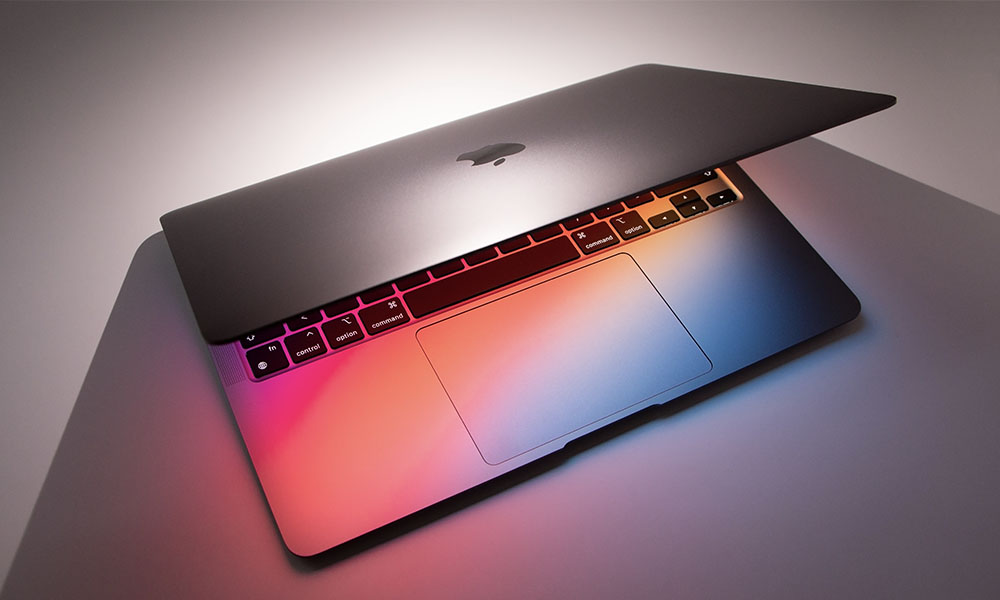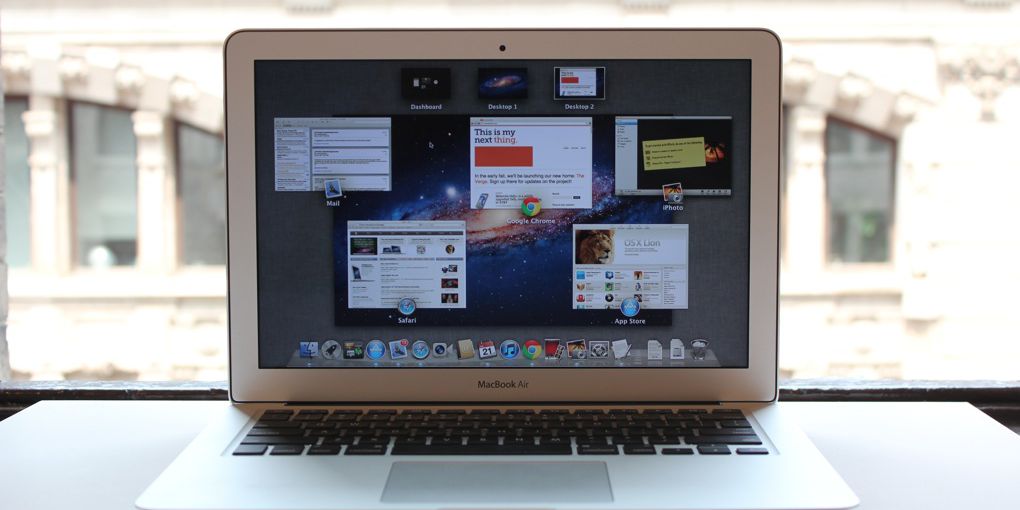

- REASON 6 ON MACBOOK AIR MAC OS X
- REASON 6 ON MACBOOK AIR SERIAL
- REASON 6 ON MACBOOK AIR ARCHIVE
- REASON 6 ON MACBOOK AIR UPGRADE
We converted 45 minutes of AAC audio files to MP3 using iTunes’ High Quality setting. In iMovie, we applied the Aged Film ffect from the Video FX.

We used Compressor to encode a 6minute:26second DV file using the DVD: Fastest Encode 120 minutes – 4:3 setting. We recorded how long it took to render a scene in Cinema 4D XL. Photoshop’s memory was set to 70 percent and History was set to Minimum. The Photoshop Suite test is a set of 14 scripted tasks using a 50MB file.
REASON 6 ON MACBOOK AIR MAC OS X
All systems were running Mac OS X 10.5.5 with 2GB of RAM, except the new MacBook Airs which were tested with 10.5.6. Adobe Photoshop, Cinema 4D XL, iMovie, iTunes, and Finder scores are in minutes:seconds. Speedmark 5 scores are relative to those of a 1.5GHz Core Solo Mac mini, which is assigned a score of 100. MacBook 2.1GHz Core 2 Duo (white, Intel GMA X3100)īEST RESULTS IN BOLD. MacBook Air 1.8GHz Core 2 Duo (original BTO with 120GB PATA HD) I also didn’t have any heat-related issues with any of the MacBook Airs while testing. I didn’t use CoolBook to alter the system’s processor speeds and voltages I used it to simply monitor the processor speed as the system executed specific tasks. We used Magnus Lundholm’s CoolBook ($10) software utility to monitor and report the actual speed of a system’s processor while the processor was operating. We also suspect that the 1.6GHz MacBook Air might be throttling down the processor speed to avoid overheating.

SSDs are faster than standard hard drives at reading files, but not as fast as writing, making SSDs faster at starting up and launching applications, but possibly slower at iTunes encoding.
REASON 6 ON MACBOOK AIR SERIAL
The 1.6GHz model uses a 4,200 rpm Serial ATA drive, while the 1.86GHz model ships with a solid-state drive (SSD). One possible reason for the 1.6GHz MacBook Air boost over the 1.86GHz MacBook Air is the hard drive. Though the overall Speedmark score still has the 1.86GHz model in the lead by 14 percent, tests like converting AAC files to MP3s in iTunes and MPEG-2 encodes using Compressor were actually faster on the new 1.6GHz model. Strikingly, the new 1.6GHz MacBook Air was faster than its higher-end sibling, the 1.86GHz MacBook Air, in some of our tests. We ended up in the Lab running extra tests due to some surprising results. Again, the new Nvidia graphic helped out immensely, with big gains in many tests, including Photoshop, Cinema 4D, and Compressor. Surprisingly, the new 1.6GHz MacBook Air even bested a first generation configure-to-order MacBook Air with a 1.8GHz Core 2 Duo processor and a 120GB Parallel ATA hard drive by 22 percent in Speedmark 5.
REASON 6 ON MACBOOK AIR ARCHIVE
The new Air was more than three minutes faster than its predecessor in our 2GB Zip Archive test.

The largest performance gains were found in our graphics and hard drive tests, with the new Air able to display more than six times as many frames per second than the original 1.6GHz MacBook Air in our Quake 4 game tests. Using Speedmark 5 to test the overall system performance, we found the new 1.6GHz MacBook Air to be 33 percent faster than the original 1.6GHz MacBook Air. Macworld Lab testing by James Galbraith, Chris Holt, and Jerry Jung. Blue bars in italics represent reference systems.
REASON 6 ON MACBOOK AIR UPGRADE
The latest 1.6GHz MacBook Air also has a bigger L2 cache (6MB instead of 4MB), a faster frontside bus (1,066MHz as opposed to 800MHz), and a new Nvidia GeForce 9400M integrated graphics subsystem, which is a significant upgrade over the integrated Intel GMA X3100 graphics in the first generation 1.6GHz MacBook Air. The new 120GB Serial ATA hard drive is a boost from the 80GB Parallel ATA hard drive in the original. It still has 2GB of RAM, but the laptop now uses faster 1,066MHz DDR3 memory instead of the 667MHz DDR2 memory in the previous 1.6GHz MacBook Air. Under the hood, the new 1.6GHz MacBook Air received numerous updates.


 0 kommentar(er)
0 kommentar(er)
